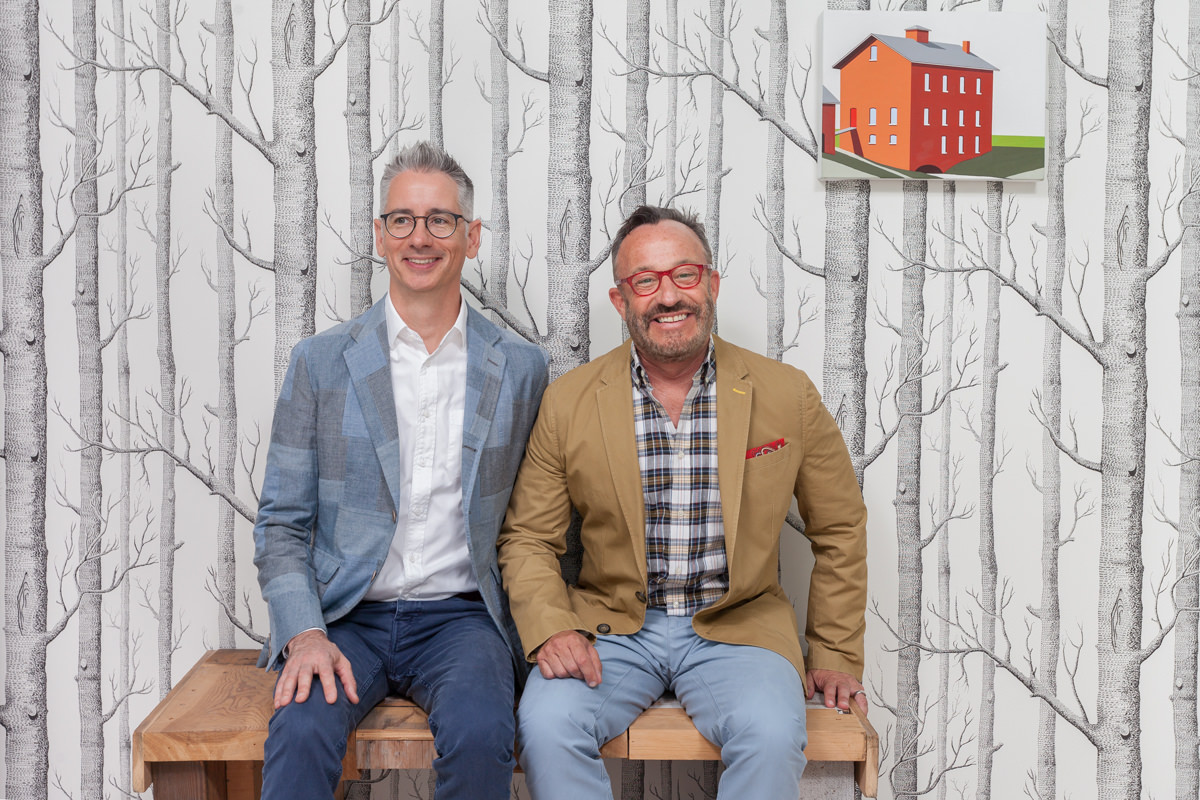Long before terrariums of succulents and greenery were an interior design staple for millennials, Paula Hayes was creating oasis-like installations of plant life enclosed in glass orbs. The artist, who spends a good deal of her time in the Hudson Valley, has always been an outdoor person, as she describes it. She has continued to fulfill that need to connect with nature, through designing landscapes, creating botanical sculptures, and now as the first landscape artist in residence at the Baltimore Museum of Art.
We spoke with Hayes about her need to be close with nature, her release of control when working with living things, and the power of art to heal.
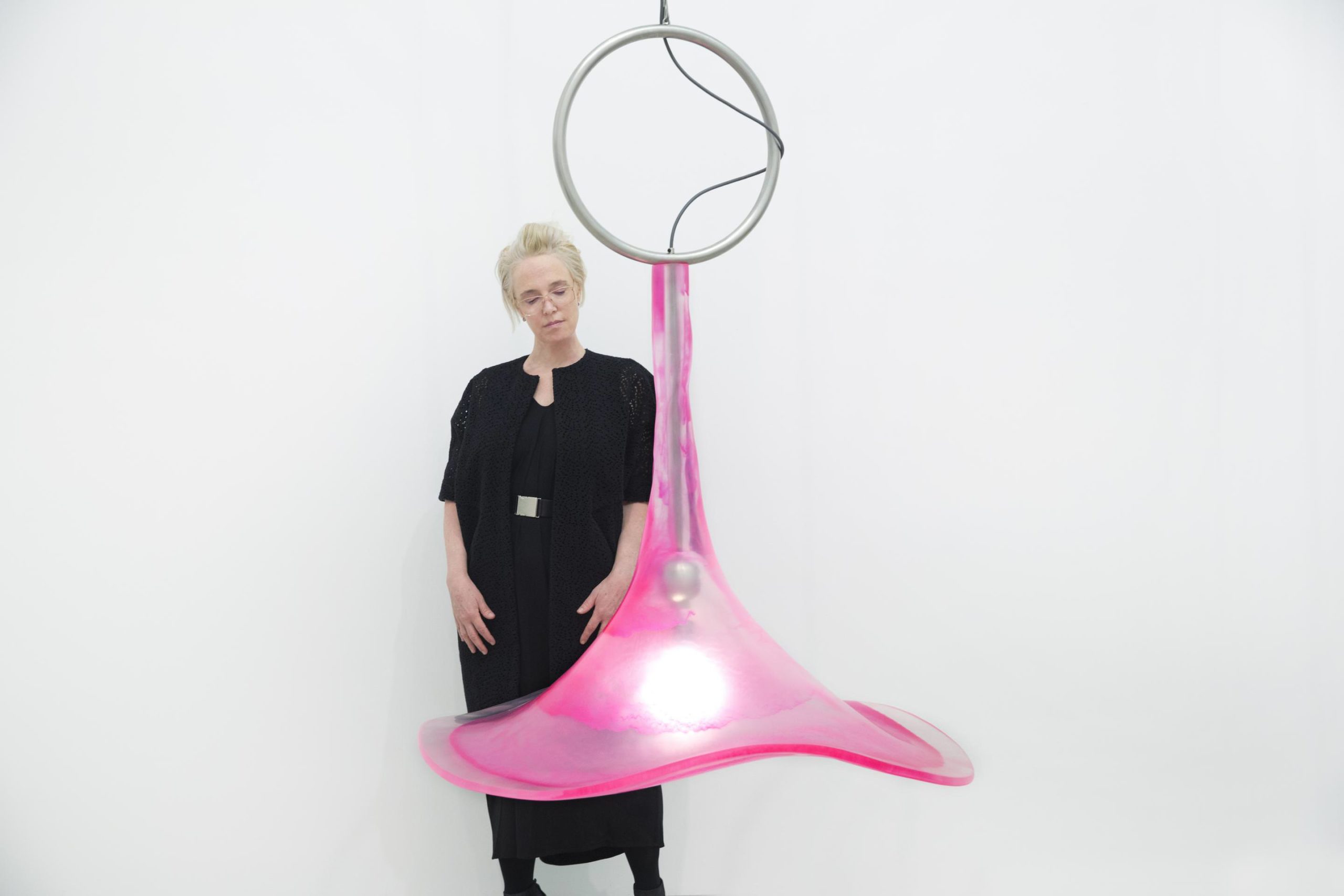
Photo Béatrice de Géa
WHITEWALL: You’re currently the first landscape artist in residence at the Baltimore Museum of Art. Can you tell us about that role and your vision for the museum’s physical environment?
PAULA HAYES: My role as the landscape artist in residence at the BMA is multifaceted. The most impactful is my consideration of the historical landscape as an extension of the museum’s programming, an extension that conceptually invites the people of the city of Baltimore to view the museum as the “front porch” of the city.
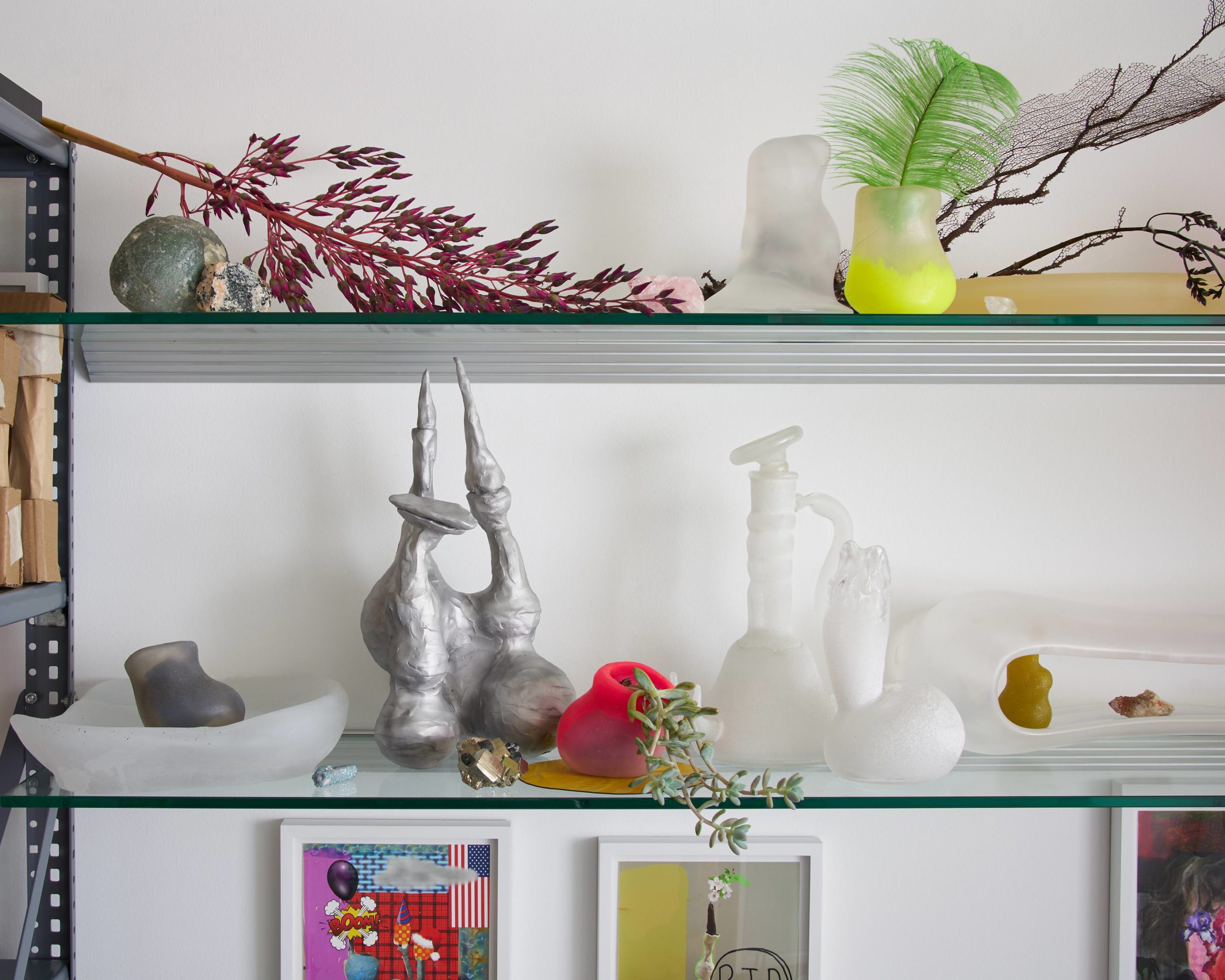
Installation view (detail) of Paula Hayes’ studio
2018
Brooklyn , NY
Photo Ethan Herrington
Courtesy of the artist
WW: How do you see natural environment affecting the way in which art is perceived?
PH: When artworks are placed in the natural environment, they are literally, physically, transformed by natural phenomena. I know the question was the other way around . . . but it really matters if as an artist you make your work to be static or accept the change it inevitably will reveal, and to what degree. Is this transformation welcome or despised? That reveals to me one’s relationship to mortality, and that is core to being alive.
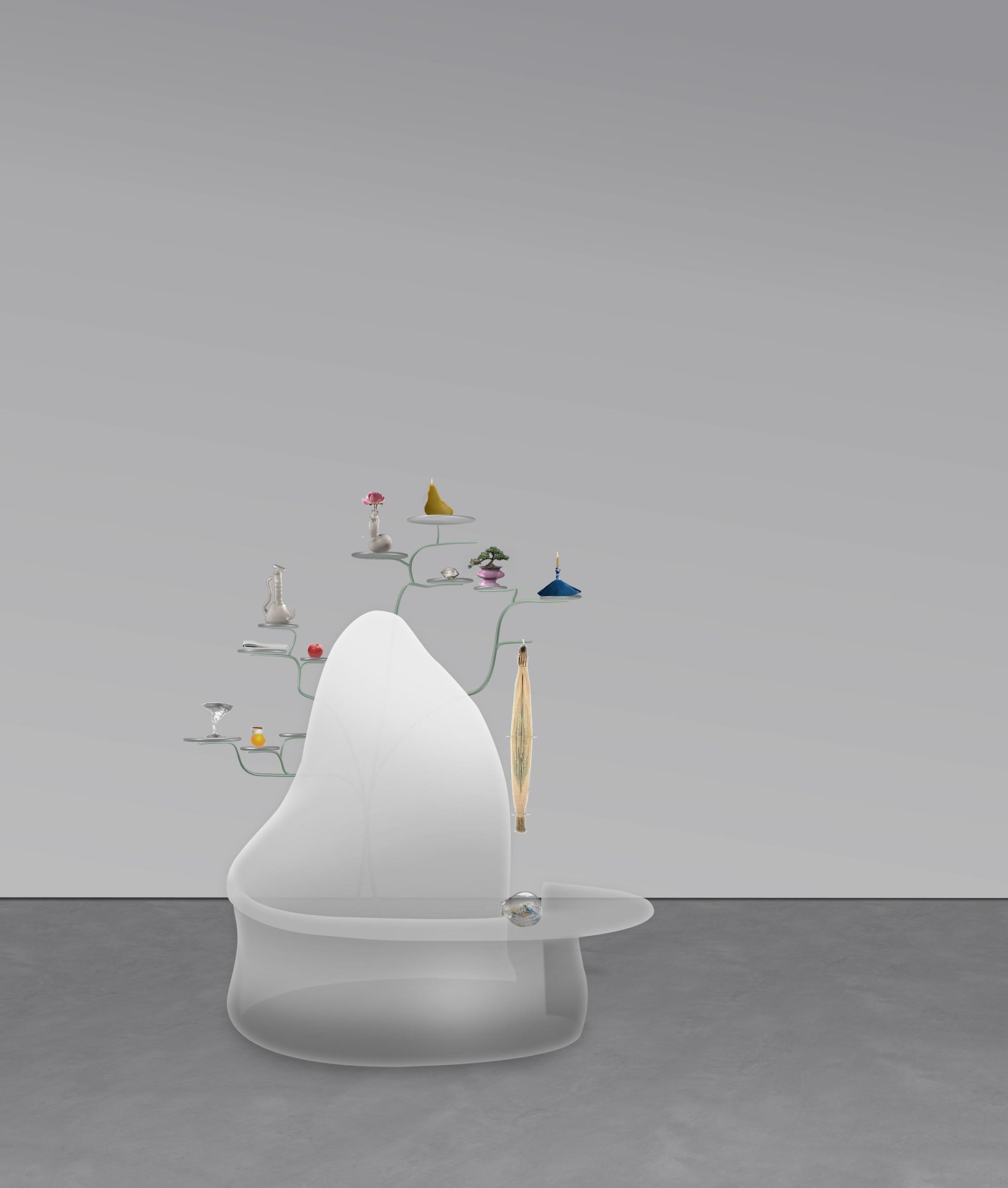
Paula Hayes
Concept rendering for Farm Stand
2018
Cast resin, aluminum, mixed media
Approximate dimensions: 60 x 59 x 54 inches
Courtesy of the artist
WW: Thus far, how has your work while in residence at the BMA impacted your own personal practice?
PH: I am continually broadening the scale of my work, and, surprisingly, not by a strategy of my own, but by some natural process of my own interests or predilections. There is a gap between me and what I make, in a way—I let it go and I don’t have control over it. I mean, I am fully aware of that from the beginning. It is a force in what I do. In a project that involves an entire city that will change, with a building that is a historical place, my kind of approach is like weather. It is natural, it is moving, there will be pleasant, effortless days and there will be days we need to make adjustments to drought by more watering, or days of rain when the people can only pass through unaware.
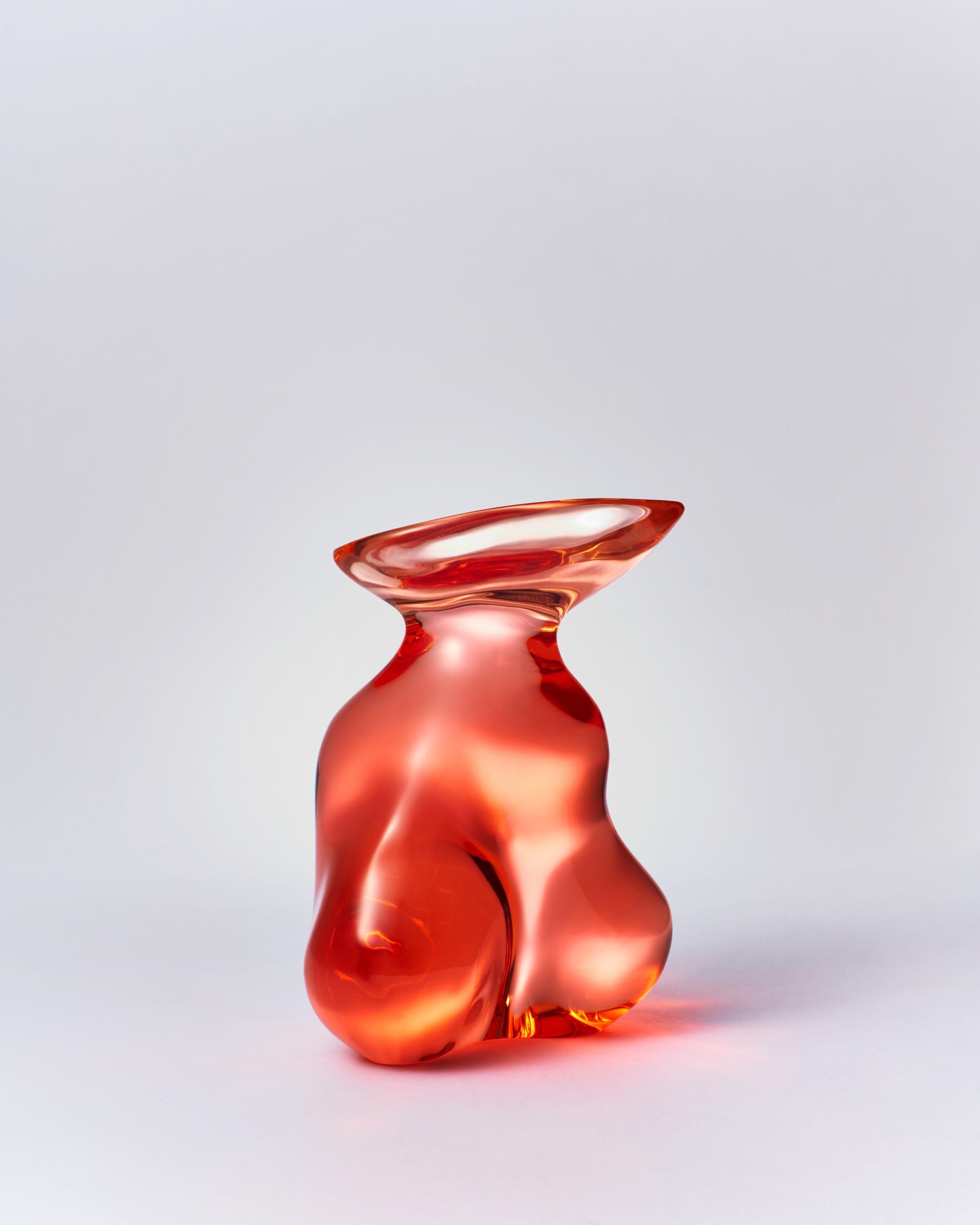
Paula Hayes
Mini Birdbath in Quince
2018
Cast resin with high-gloss polished acrylic
9 x 7.6 x 7.6 inches
Photo Ethan Herrington
Courtesy of the artist
WW: You mentioned that you’re currently working on three commissions of new bodies of work. Can you share details on any of these?
PH: I am designing landscapes in Dallas and Austin, Texas, and in Gozzer Ranch, Idaho. They are with the architects Stonefox architects, and all have some of my art installations integrated into the landscape designs, including works from the “Gnomes” series and resin “Bird Baths.”
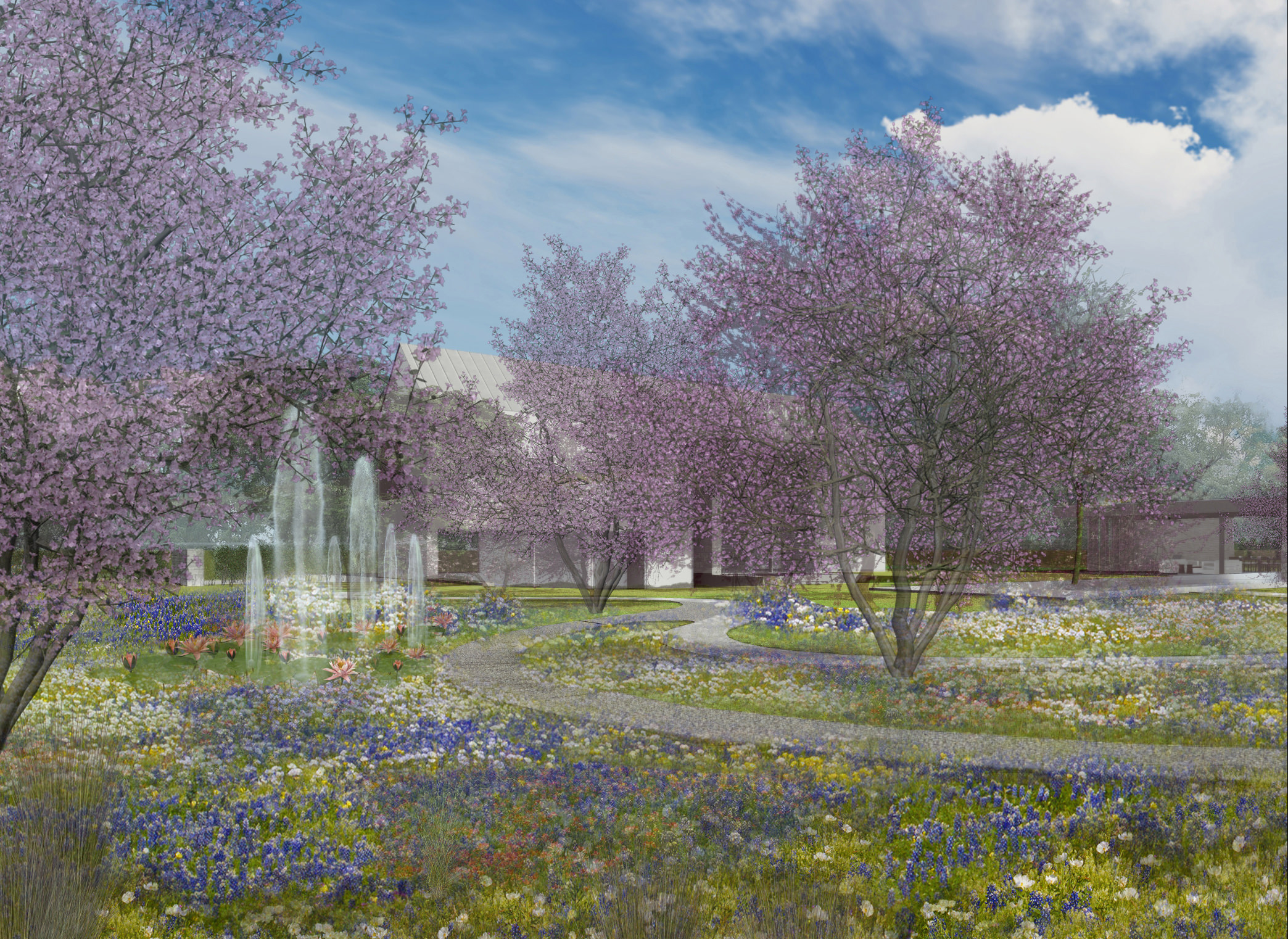
Paula Hayes
Concept Rendering of Dallas Landscape
2018
Architecture by STONEFOX Architects, NYC
WW: Can you tell us about your “Gnomes” series?
PH: Paracelsus wrote about the four elements: earth, air, water, fire. “Gnomus” is earth. I used clays to make the models with my hands after several years of making models in 3-D programs. Evocative of stalactites, stalagmites, anthills, sand castles, Balinese architecture, the “Gnomes” are the stuff of my interior world, focal points that I can place in the landscape as the wild plants grow through the seasons. These focal points are like other kinds of markers that humans place in energetic points. That is my new work these days.
WW: Are there any new materials or ideas you’re currently exploring in the studio?
PH: In the studio right now I am primarily working in clay, making models to cast in bronze and aluminum. I am also drawing, mixed medium on paper. I am very excited about casting in metals to place in the landscape for wild plants to grow through, such as the “Non-Planter.” I am also making some very small-scale figurative works and figures in large colonies, cast in bronze. They all intermingle into a kind of wild nondesigned landscape I have in my mind where the objects and the wild plants create a dynamic, living sculpture.
WW: You introduced plant life into your work far before it was a trend in design or art or we were having real conversations around sustainability. How did you first make the connection between art and the natural world?
PH: It began in childhood. I have always been an outside person, since I was four or five. No one can keep me inside! I need to be close with nature. I spend most of my time now in the Hudson Valley, where I made a studio and we have a house. I hardly ever go to our Brooklyn apartment and studio—just for day trips or to go to the airport. I really need, need, need the biome of this place in the valley.
WW: How do you think art and design can help us to appreciate and value the natural world?
PH: It really depends what art and what art means to a society. Does it have meaning, or is it a financial investment? This subject is overwhelmingly sad to think about for me because I can imagine a world that is very different . . . I think of art as healing, spiritual, devotional, and those words are actually laughed at and thought to be inferior to powerful. That is unbelievable to me, but it is true. I keep going regardless. The answer to this question has to follow accepting that art is not a financial investment only.




